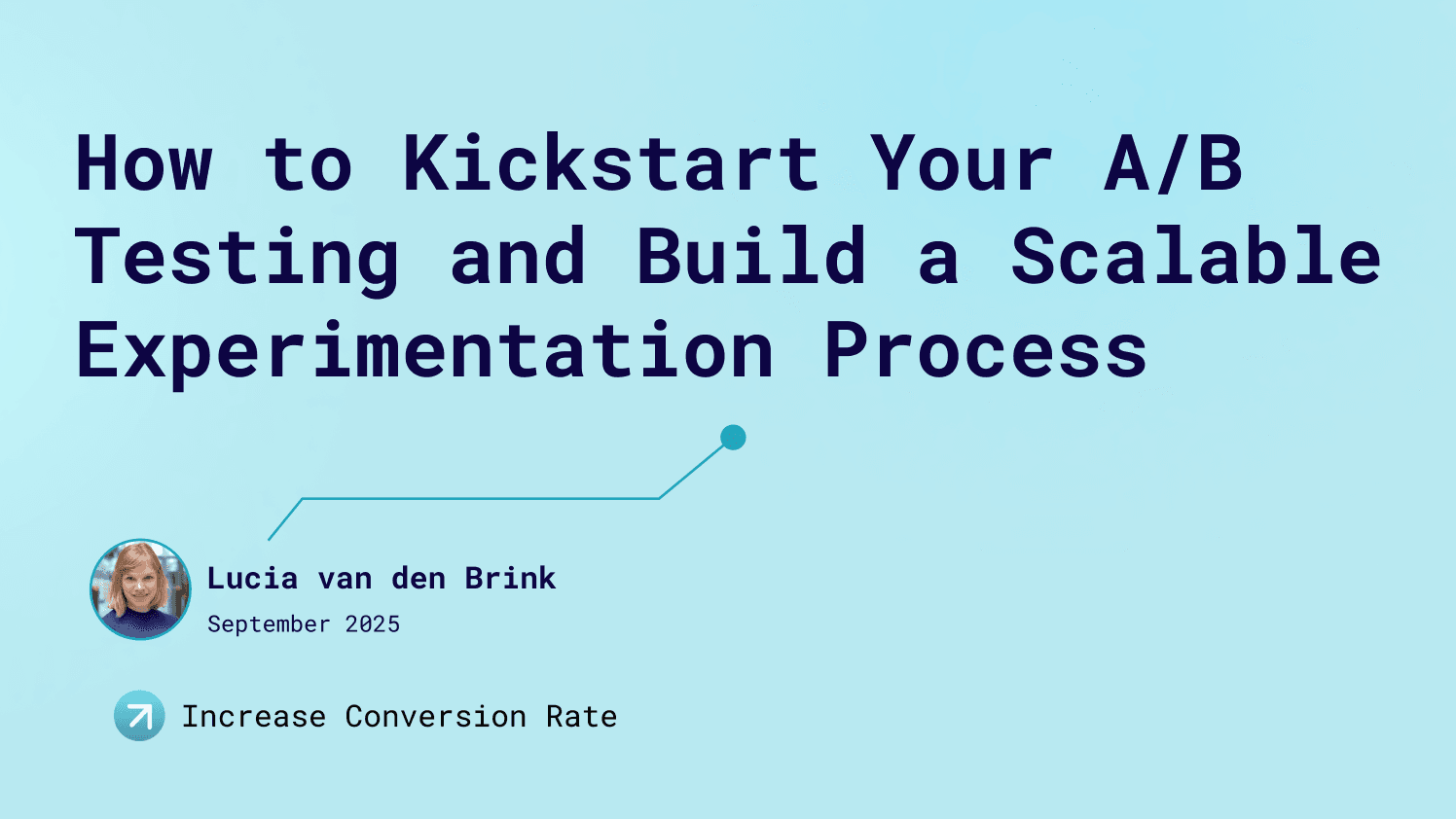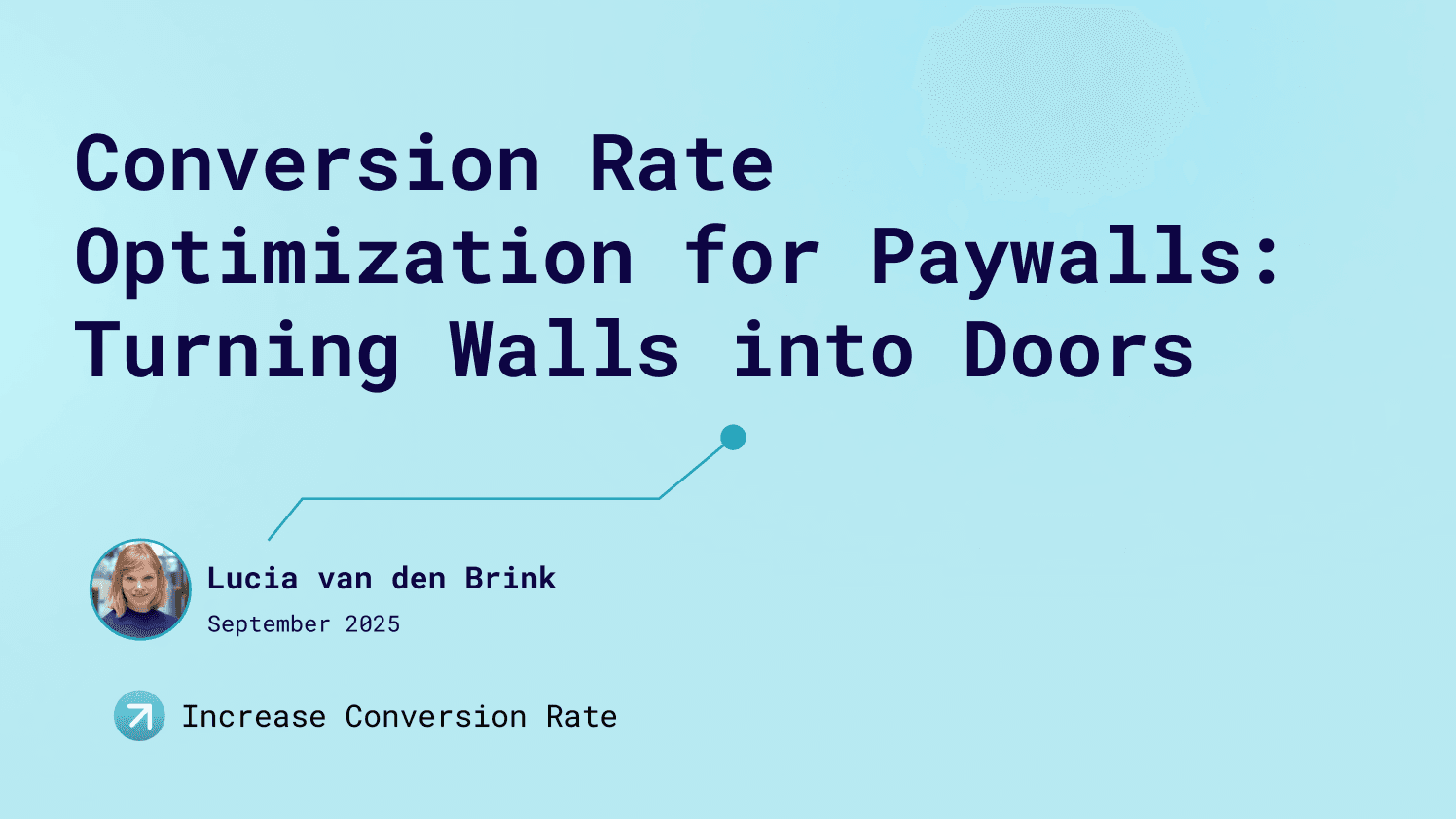
Publication: Jan 4, 2023
How to tell the story of your experiment in 3 steps
When you want the Experimentation Mindset and Culture to grow within a company, it's important to tell others about A/B-tests. Whether they are winners or not - often there is something to learn. This blog will teach you how to tell the story of an A/B-test in three steps (used in movies and theater).
Next to a CRO / Experimentation Specialist, I'm also an author of two literary novels. Many films and plays are built from a three-act structure. Let's take a look at this structure.
ACT 1: Setup or start
In general, in the first twenty to thirty minutes of a movie, you'll first see the status quo: characters who are involved in the story, the environment and setup. Then comes the inciting incident. This is a conflict or problem to be overcome that drives the story forward.
When you talk about your A/B test or experiment, you might first tell what the organization looks like, what was going before you started working on the experiment. This can be one sentence. The most important part is the inciting incident: the most urgent thing that made the A/B-test go live. It can be a user problem you found in qualitative or quantitative research, a previous test or your boss who wants to launch a new feature which you want to test first.
You can also state your test hypothesis in this part of your story. A hypothesis is a 'natural' cliffhanger: you pose a question and the listener automatically wants to know the answer to that question.
ACT 2: Confrontation and Centerpiece
In the middle of your story there are two or three obstacles to overcome. Everything leads to a point in the story where all seems lost and the case can no longer be won. In movies, the hero lies passed out on the floor or someone walks away from the relationship that has just been built up in the rest of the film.
For your A/B test this means you can talk about issues you encountered while setting up or running your experiment. For example: problems with development, with data collection, with GDPR, with the legal team, with people who disagreed with you or stakeholders you had to convince. Or maybe even a failed test, after which you gave up hope, but eventually started an iteration and another test.
ACT 3: Completion and resolution
At the end of stories, something is concluded and a lesson is learned.
You should answer the result of your hypothesis here. It might be your test is a tragedy, but we all like happy endings so tell what was learned, and if your A/B test story will have a sequal 😉.
Want to learn more about telling about experimenting? Or are you looking for a (keynote) speaker for your CRO event? 👇



